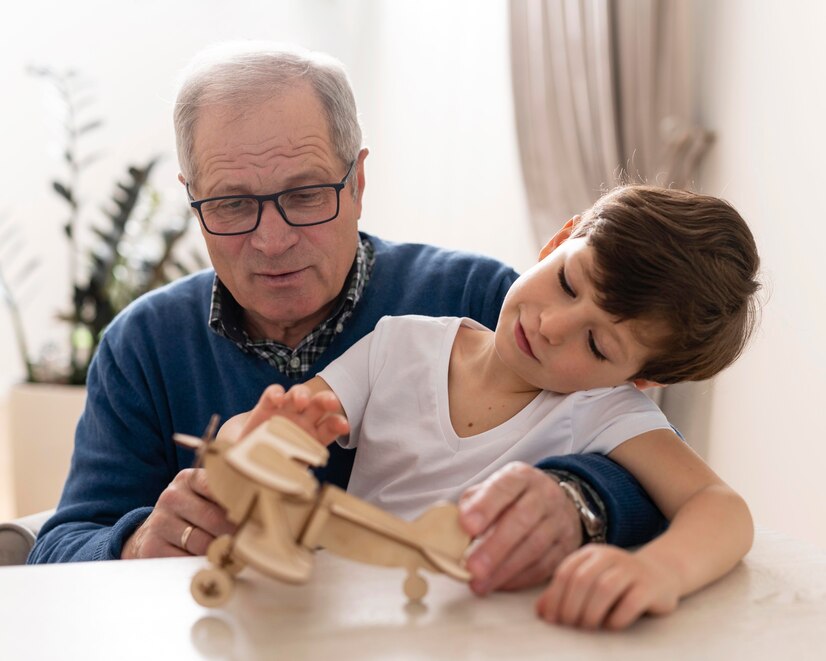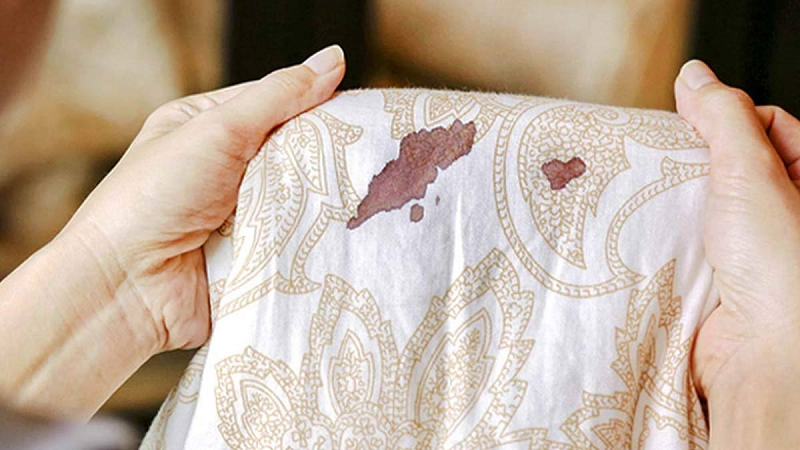Typically, childhood dementia is caused by one of more than 100 rare genetic disorders. Although its causes are different from senile dementia, the gradual progression of the disease is similar in both. Children with childhood dementia do not live to their tenth birthday and most die before the age of 18. Yet, most people are not aware of this terrible condition and, importantly, have not paid attention to research that could help find treatments and cures.

Causes of childhood dementia
Most forms of childhood dementia are caused by mutations (or mistakes) in our DNA. These mistakes lead to a variety of rare genetic disorders, which in turn cause childhood dementia. Two-thirds of childhood dementia disorders are caused by 'inborn metabolic defects'. This means that the metabolic pathways involved in the breakdown of carbohydrates, lipids, fatty acids, and proteins in the body fail. As a result, neural pathways fail to function, neurons (nerve cells that send messages throughout the body) die and progressive cognitive decline occurs.
What is the effect on children?
Most children do not appear affected initially. However after a period of normal development, children with childhood dementia gradually lose all previously learned skills and abilities, such as talking, walking, learning, remembering, and reasoning. Childhood dementia also causes significant changes in behavior, such as aggression and hyperactivity. Severe sleep problems are common and eyesight and work may also be affected. Many children suffer from seizures. The age at which symptoms start can vary, partly depending on the particular genetic disorder causing dementia, but on average it is around two years. These symptoms are caused by severe, progressive damage to the brain.
Is there any treatment available?
Treatments for childhood dementia are currently under evaluation or approved for a very limited number of disorders and are only available in some parts of the world. These include gene replacement, gene-modified cell therapy, and protein or enzyme replacement therapy. Enzyme replacement therapy is available in Australia for a form of childhood dementia. These treatments attempt to correct the problems causing the disease and have shown promising results.

Lack of attention to research
The death rate for children suffering from cancer in Australia has almost halved between 1997 and 2017. The main reason for this is the progress made in research which has helped in developing many types of treatments. But over the past few decades, nothing has changed for children suffering from childhood dementia. Between 2017 and 2023, childhood cancer research will receive four times more funding per patient than childhood dementia research. This is when every year the number of deaths from childhood dementia is equal to the number of deaths from childhood cancer.
The success achieved for childhood cancer patients shows that providing adequate funding for medical research can improve the health of patients. Another major problem for children with childhood dementia in Australia is the lack of access to clinical trials. An analysis published in March this year showed that by December 2023, only two clinical trials in Australia were enrolling patients with childhood dementia.
(PC: Freepik)










